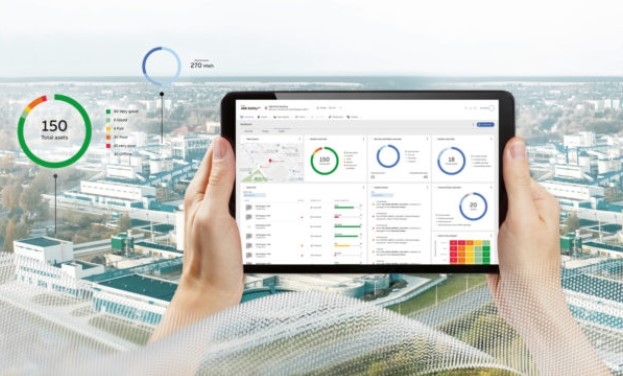ABB, FLSmidth collaborate to improve environment, safety and productivity


Global technology companies ABB and FLSmidth will collaborate to look at ways to advance environmental and productivity solutions for mining customers under a new agreement. The companies will jointly assess solutions to de-risk operations and lower operating costs while reducing emissions, energy use and waste.
FLSmidth offers market-leading products, service and digital solutions for mining from the pit to the plant and provides a deep knowledge of mineral processing.
ABB complements this with state-of-the-art automation, electrification, digital solutions, and advanced services from the mine to the port.
The agreement was formalized at the FT Mining Summit in London, U.K., where the companies’ leaders shared the stage for ‘The Mine of the Future’ panel alongside major mining operators. Further discussions and planning will take place between the teams of global experts over the coming months.
“Driving collaboration within the mining industry is increasingly important and timely if the industry is to achieve its targets in line with their own expectations, those of society and as set out in agreements like the UN Paris Agreement; the faster solutions happen, the better,” said Joachim Braun, division president, ABB process industries. “Greater collaboration is key as it means fewer interfaces, reduced risk and shortened project schedules.”
“FLSmidth and ABB already have many of the building blocks for carbon-free, resource-optimized operations. By assessing how to combine and integrate these technologies and our respective expertise we will, together with our customers, accelerate transition in mining operations,”
“Mining is essential in the energy transition,” said Mikko Keto, group CEO, FLSmidth. “Meanwhile, the mining industry is facing unprecedented challenges due to declining ore grade and high demand as it develops new sites, while also being asked to make existing operations more sustainable.”
See either www.ABB.com or www.FLSmidth.com.
Comments
Paul Labbe
Working on autonomous mining in Saskatchewan. Wondering how we can work with this collaboration for our applied research